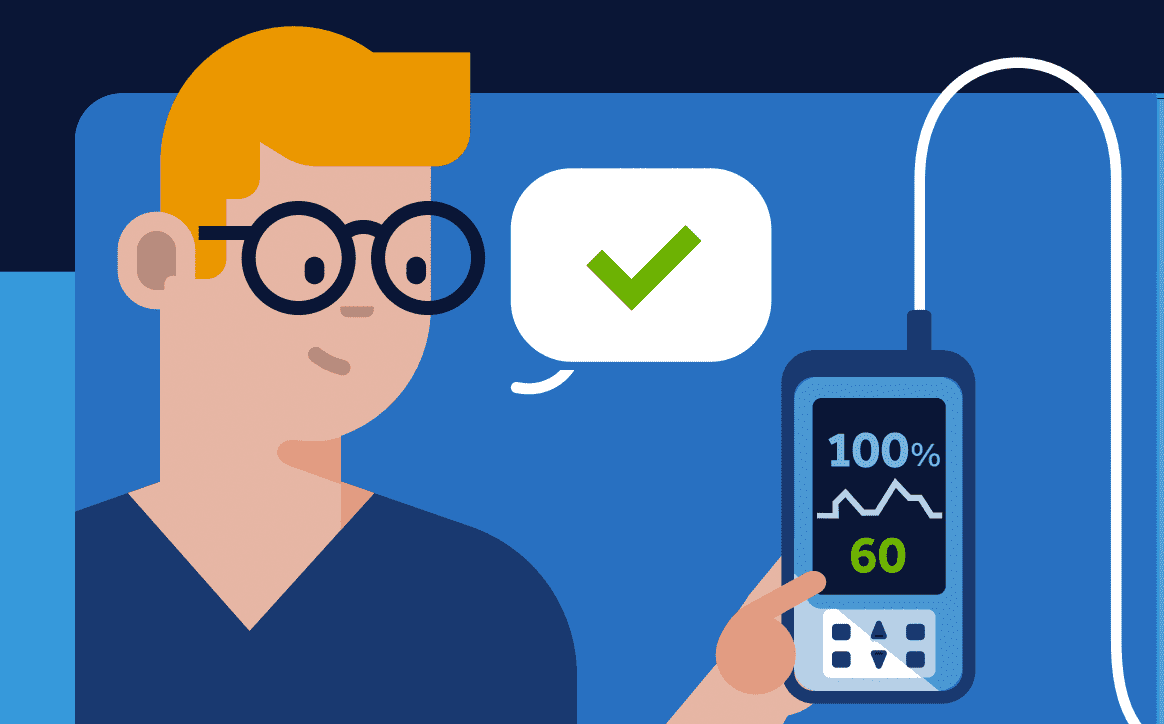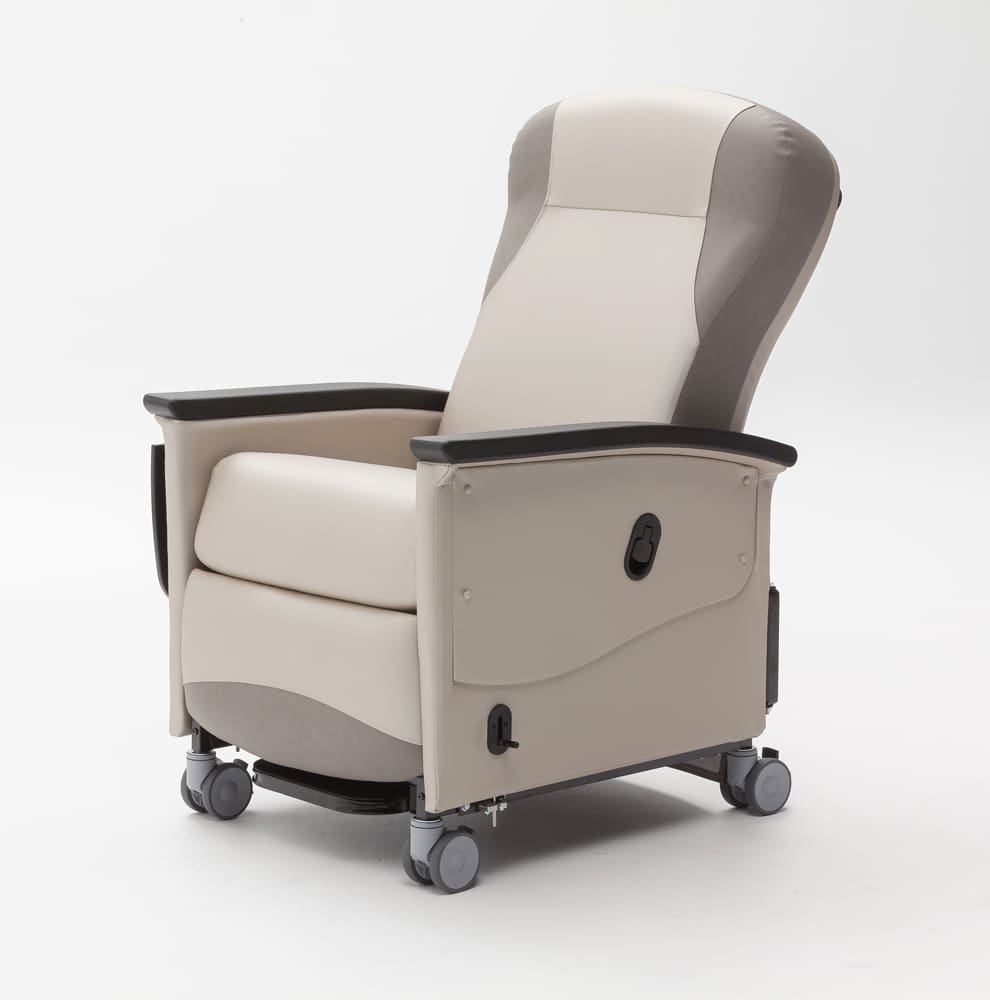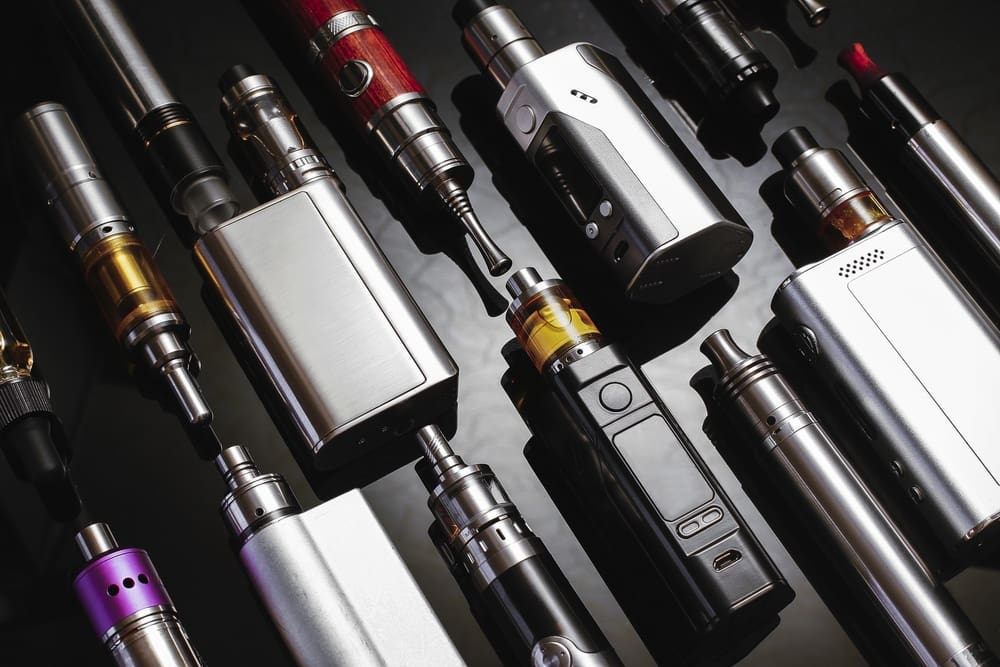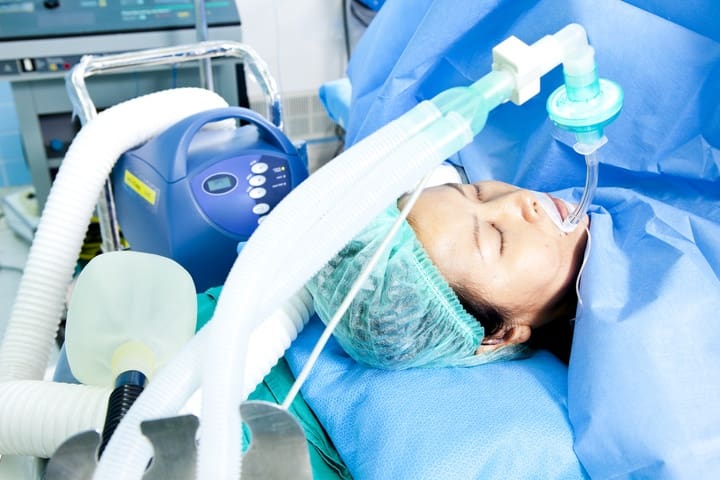Many nurses have difficulty finding time to sit, eat, and recharge during a long shift even with scheduled breaks. Therefore, napping during breaks probably seems unthinkable. Many hospitals even have policies that restrict employees from sleeping during breaks.
For many, sleeping on the job is associated with unprofessionalism. In reality, alert, well-rested nurses are more vigilant and less likely to make errors that can compromise patient safety. Recent studies of shiftworkers have demonstrated the benefits of taking brief naps (15 to 30 minutes) during long shifts and night shifts. (See Recommendations for night shiftworkers by clicking the PDF icon above.)
Changing a culture
Creating an environment where planned napping is allowed, even encouraged, will require a culture change. Hard work and endurance are highly valued in the workplace. In health care, vigilance and attention to detail are critical. It may be difficult to convince employers that workplace napping does not conflict with these values; rather, the opposite is true. In addition to reducing the likelihood of errors, napping increases productivity and efficiency.
Accepting naps in the workplace also requires a change in how sleep is viewed. Sleep is a necessity, not a luxury. There is nothing inherently lazy about taking a nap to reenergize. And there is a big difference between unexpectedly dozing off at a patients bedside and taking a planned nap in a designated area during a scheduled break.
Making it happen
Nurses who wish to advocate for workplace napping can begin by discussing the idea with their coworkers. If there is interest, the idea can be elevated to the appropriate decision makers. When making the request, it is important to summarize the research that demonstrates the benefits of naps especially improved patient safety and increased productivity. Providing specific examples of local hospitals that allow workplace napping also may be helpful.
If the request to allow workplace napping is approved, it is important that employers provide nurses with clear guidance. Written policies may be helpful so expectations are clear. Certain logistics must be addressed, such as planning how nurses will be scheduled for naps and awakened from them.
A designated area for napping should be set up in an area that is quiet and dark with a comfortable temperature. Some hospitals have had success with dedicated nap rooms. Nap rooms may include a comfortable bed, clean linens, and an alarm clock. Nurses may choose to bring ear plugs or eye masks to further block out any disturbances.
Even if workplaces are not quite ready to embrace napping, starting the dialogue is an important first step. It is also important for nurses to practice healthy sleeping habits while not at work to improve the quality and quantity of their sleep. ANA has several resources on fatigue, work-related sleep loss, and Shiftwork Sleep Disorder at www.nursingworld.org.
Jaime Murphy Dawson is a senior policy analyst in ANA’s department of health, safety, and wellness.















